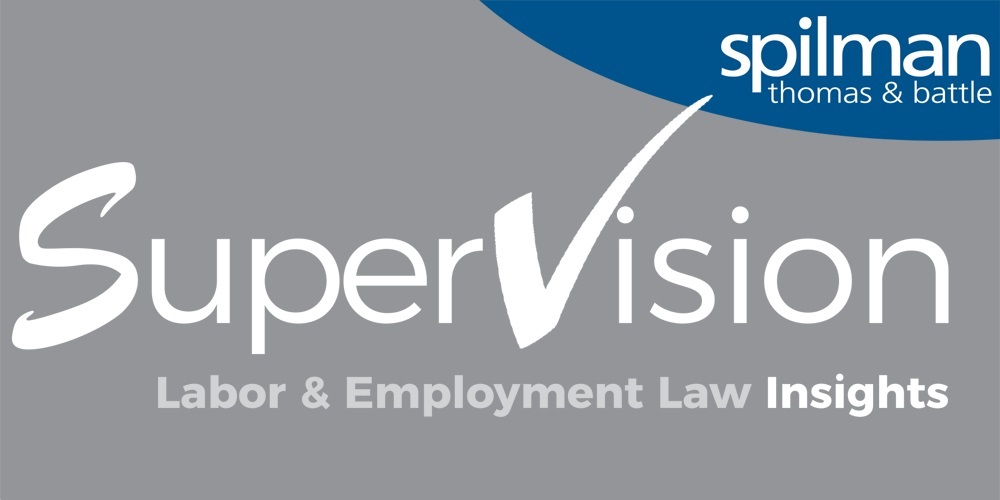Article
Resources
Article
In Case You have Nothing Else to Do, the DOL has Changed Their Approved FMLA Paperwork (but It's Not that Big of a Deal)

While most employers and HR departments still are addressing issues related to the COVID-19 pandemic, the U.S. Department of Labor ("DOL") issued new standard forms for handling Family and Medical Leave Act ("FMLA") claims. Specifically, there are new forms for FMLA notice of eligibility, designation notice, and medical certification for employees to use.
At first glance, the new forms look quite different than their predecessors, but there are no major changes. Probably the most important change is that some sections now allow users to merely check a box instead of including narrative descriptions. Substantively, the explanations on how an employer's paid leave runs concurrently with FMLA is improved, and the forms now provide employees with clear steps to fix problems with their medical certifications. The medical certification form also now contains a reminder that employers "may not request a certification for FMLA leave to bond with a healthy newborn child or a child placed for adoption or foster care." That's always been the law, but the DOL has placed it front and center.
The new forms are available now on the DOL's website, alongside some helpful FAQs. While the use of the officially approved DOL forms is optional -- though importantly providing the actual notices is not -- we always have urged employers to use the official DOL forms (or models heavily based on those forms) to avoid mistakes; no DOL investigator can complain about you using the forms the agency provided. The DOL did say that continued use of the older models is fine, even though those forms technically have expired. If you choose to use the new forms, however, you cannot require an employee to "re-certify" using the new forms -- all previously submitted certifications remain valid.
These new forms are specific to FMLA -- the Families First Coronavirus Response Act has entirely separate documentation requirements. Looking forward, more changes to the FMLA may be on the horizon, as the DOL also issued a Request for Information, soliciting input on things such as intermittent leave, notice to employers, and other problems employers face in applying the FMLA. All comments must be provided to the DOL on or before September 15, 2020. Spilman will continue to monitor DOL activity to report any notable updates to FMLA forms or regulations.
If you have any questions regarding this update, or any labor and employment questions in general, please contact our Labor & Employment Practice Group.


